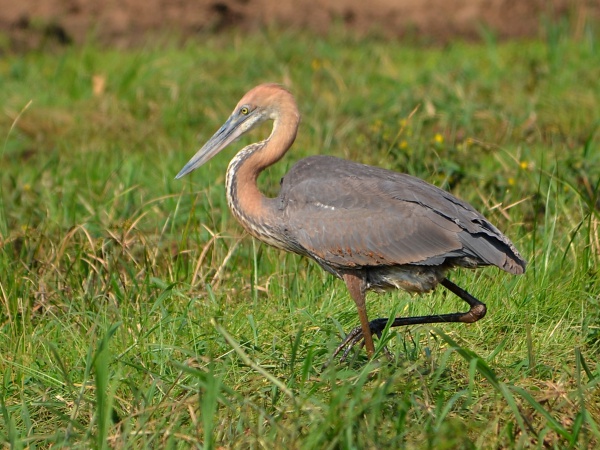Facts About Goliath heron
The Goliath heron, often referred to as the giant heron, is a remarkable wading bird native to sub-Saharan Africa, as well as parts of Southwest and South Asia. Standing tall at 120 to 152 cm, with a wingspan of 185 to 230 cm, and weighing between 4 to 5 kg, it holds the title of the largest heron species in the world. Its distinguishing slate gray and chestnut plumage make it easily identifiable.
These majestic birds are highly aquatic, flourishing in habitats near water bodies such as lakes, swamps, and mangrove wetlands. Goliath herons are solitary hunters, with a diet primarily consisting of fish. They employ a spearing technique to catch their prey, demonstrating notable patience and precision.
Breeding season for these herons usually aligns with the rainy season. They construct their nests on islands or within vegetation close to water. Their eggs are pale blue, and they typically lay between 2 to 5 eggs per clutch.
Notably, little is understood about their breeding displays, and nesting success rates are often low due to environmental challenges and predators. The young herons are fed through regurgitation and leave the nest at about five weeks old. While adult Goliath herons face few avian predators, they are threatened by mammalian carnivores.

 Democratic Republic of the Congo
Democratic Republic of the Congo